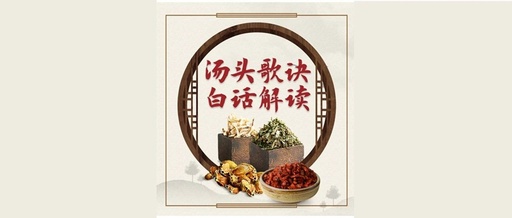Interpretation of the Song of Decoction: The Formulas for Exterior and Interior
Song of Decoction Interpretation Dear young practitioners of Traditional Chinese Medicine (TCM): This week, we are reciting and studying the formula for “Exterior and Interior Formulas“. As everyone knows, “exterior” and “interior” are two different concepts. The exterior is on the outside, while the interior is on the inside; to treat the exterior, we often … Read more










